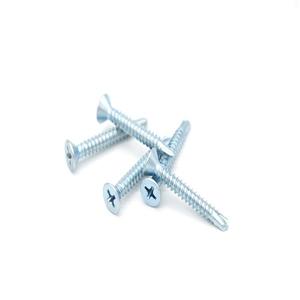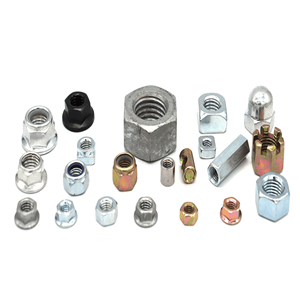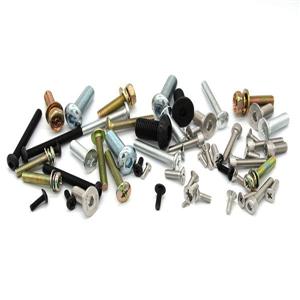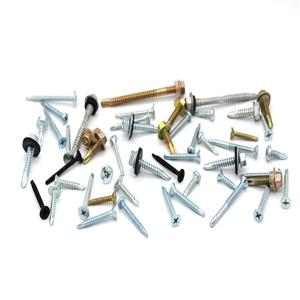Self tapping screw thread type
The head of the self-tapping screw is pointed and can be used normally without drilling. Widely used in doors and windows and iron sheet. So do you know what are the forms of self-tapping screws? Let's take a look at the thread types of self-tapping screws together.
The thread forming of self-tapping screws has A, AB, B, BP, C and other types. At present, it has gradually been replaced by thread rolling, so it is not recommended to use in new designs. The differences between AB, B, and BP are only in the shape of the tail. AB has a threaded tapered tail, B has a blunt tail, and BP has a threaded tapered tail. The center of the pointed tail enters the pre-drilled hole and begins to form the thread. Thread cutting has BF, BP, D, F, G, T and other forms, BF, BP are wide threads, the rest are mechanical threads.
The difference between the recognition characters is the cutting tail. Each type of cutting tail has a shape that can collect the scrap under cutting. If a self-tapping screw is screwed into a blind hole (a hole that does not penetrate), its fragments will remain and seal at the bottom of the hole. However, when tapping into a through hole, The waste will fall on the other side of the workpiece. Therefore, you must consider this when choosing this type. The waste may cause pollution, fall into running parts or make the electronic substrate inoperable.

Standard identification characters, including symbols representing the shape of the thread and the tail. Self-tapping screws have one or two characters representing the thread to represent mechanical or wide threads. For example, the character “B” is a wide-threaded screw. The person without “B” is a mechanical thread. The character at the end is used to distinguish self-tapping screws as thread forming, cutting, rolling or self-drilling.
Mechanical threads have the same thread angle and thick pitches as 60-degree threads as well as Anglo-American unified threads. If screws are lost or needed after disassembly, standard thread fasteners can be used instead.
A wide thread has a thread angle of 60 degrees but its pitch is wider, and because of its wide pitch, its thread is steeper and its thread lead is greater than that of a mechanical thread. There is another type of thread used exclusively on plastics. Its thread angle is 48 degrees, commonly known as PT tooth screw.
There are two types of self-tapping screws for cutting wide threads BSD and mechanical threads CSD. There are also special thread types, including high and low double threads, and various tapping tails are also applicable. Due to the nature of tapping tails and threads, tail drilling screws are not suitable For blind hole operations. When assembling self-drilling screws, the drill tail must completely penetrate the workpiece before cutting or forming the thread.
The above is an introduction to the thread types of self-tapping screws. I hope that everyone will be helpful after understanding the thread types of self-tapping screws.




